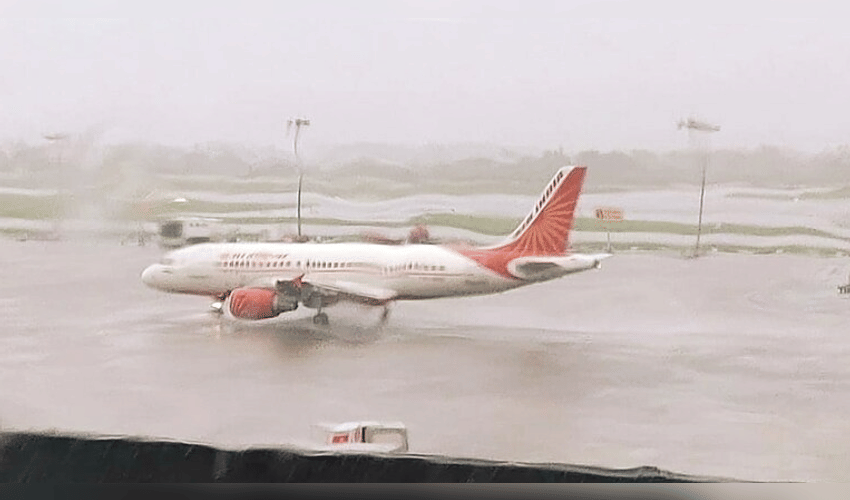News
Delhi Airport Operations Resume But Five Key Questions Remain Unanswered.

After a significant disruption due to a technical failure at the Indira Gandhi International Airport in Delhi, flight operations have now resumed. The Airports Authority of India (AAI) announced that the Automatic Message Switching System (AMSS), which supports air traffic flight planning, has been restored. This resumption brings relief to thousands of passengers after nearly 800 flights were delayed during the outage. Despite this progress, several critical questions about the incident remain unanswered, leaving uncertainty about causes and accountability.
The first major unanswered question concerns the root cause of the AMSS failure. Official statements have only cited a "technical issue" without elaborating on specifics or identifying any responsible parties. This lack of transparency fuels concerns about the robustness of the airport’s technological infrastructure and readiness for handling such glitches at one of the world’s busiest airports.
Secondly, the length of time taken to resolve the problem remains a puzzle. The failure was first noticed around mid-afternoon, but full system restoration came only after several hours—well into the night. The delay in fixing the issue contributed to widespread disruptions and raises questions about emergency response protocols and whether adequate backup systems were active or even available, as aviation regulations typically mandate standby systems to avoid such protracted impacts.
Another source of concern is the unclear status of backup systems. The prolonged outage makes it uncertain whether backup technologies were ready or properly utilized to keep air traffic communications functioning smoothly. Effective contingency mechanisms are crucial at airports managing high volumes of flights daily, to prevent cascading delays and ensure passenger safety.
Attributing responsibility for the failure remains grey, with no official disclosure about the vendors or companies behind the AMSS infrastructure. Clarifying accountability is essential not only for addressing this incident but also for preventing future occurrences. A lack of identification impedes public understanding and obstructs systematic improvements in aviation technology management.
Lastly, the incident underscores broader implications for passengers and air travel logistics. Many travelers faced prolonged uncertainty and the risk of missed connections. Airlines and airports have urged passengers to stay informed via official sources, arrive early to allow for extra security processing time, and maintain close coordination with their carriers. This event highlights the importance of transparent communication and robust IT frameworks to handle emergencies smoothly in large transport hubs.
In conclusion, while the Delhi airport has brought its operations back to normal, the outage reveals critical vulnerabilities in its air traffic control systems and crisis management. For stakeholders including travelers, airlines, and aviation authorities, clarity on the causes, accountability, and preventive measures remains a pressing need. Enhanced transparency and improved backup system readiness will be vital to restoring confidence and minimizing risks in the future.
This article provides a clear picture of the incident's aftermath and ongoing uncertainties, optimized for those searching for updates about Delhi airport flight disruptions and technical issues in air traffic control systems. It encourages readers to follow official airport advisories and airline communications closely for the latest developments.



